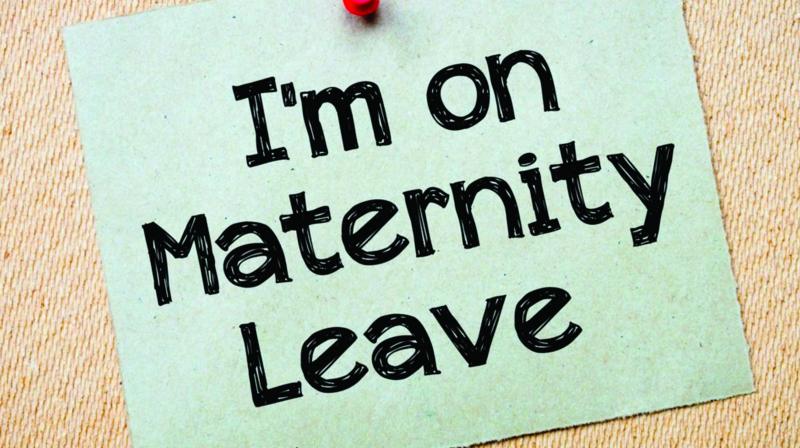India worst in South Asia for female workforce
Maternity leave shortage takes a toll on women's career.

Hyderabad: In India, educated women either quit or take a sabbatical from their careers post-childbirth. Some of them also quit after getting married. India has a low female workforce participation rate, at 24 per cent, according to the Economic Survey (2018), which is one of the worst statistics among South Asian countries.
There are many untold stories of women quitting their careers and forgetting their dreams for the sake of their children and family, which again is rare among men.
Tirumala Prasuna Murali, who got married after completing her B.Sc said she realised later that she wanted to become a painter. She could not even think of painting as a career option as the anticipated family responsibilities of children, taking care of family members and household chores were all upon her shoulders.
But the constant urge to become a painter never really left her. The family moved to Mumbai as her husband was transferred and her first child turned five years old. When she was looking for some activity to keep her child engaged, she found something for herself. Then she started going for painting classes again. Soon, she had a second child and she could not continue her painting classes. However, she did not stop practicing. She kept painting for 10 years after which she rejoined her classes.
Not everyone can overcome all the hurdles in their way. Some settle down and give up promising careers. “Having a young child depresses the mother’s employment, an inverse relationship that has intensified over time,” states a World Bank policy paper ‘The motherhood penalty and female employment in India’, in 2017 written by Maitreyi Bordia Das and Ieva Zumbyte.
There is a provision of maternity leave in our country for 26 weeks in all organised sectors, which is the third highest duration. It was implemented after Parliament approved it in March 2017. Even this provision is not helping women to hold on to their careers, when it comes to the private sector. Speaking about this an advocate in the High Court, Vasudha Nagaraj, said, “Most women quit their careers and most women are finding themselves in the private sector, where there are long hours, fewer holidays, women cannot cope with all these once they conceive or deliver, unlike government jobs, which gives nearly six months of maternity leave. The best of private companies may give 3 months, but that too in most cases only higher ranking employees get these benefits, not the low-ranking ones, which is why most women end up quitting jobs.”
Nagaraj added that today’s job market is such a competitive world and a pathetic one that if a woman loses her job, getting back is not very easy. There is no protection.
For all the great laws that are being passed about maternity leave, they hardly provide any benefits in the private sector.
Most organisations in the private sector have this ‘stay or leave’ attitude.
“There are maternal instincts after childbirth. Mothers don’t want to leave their children behind. So it’s often women, who end up losing their jobs and their workplace,” health experts said.

